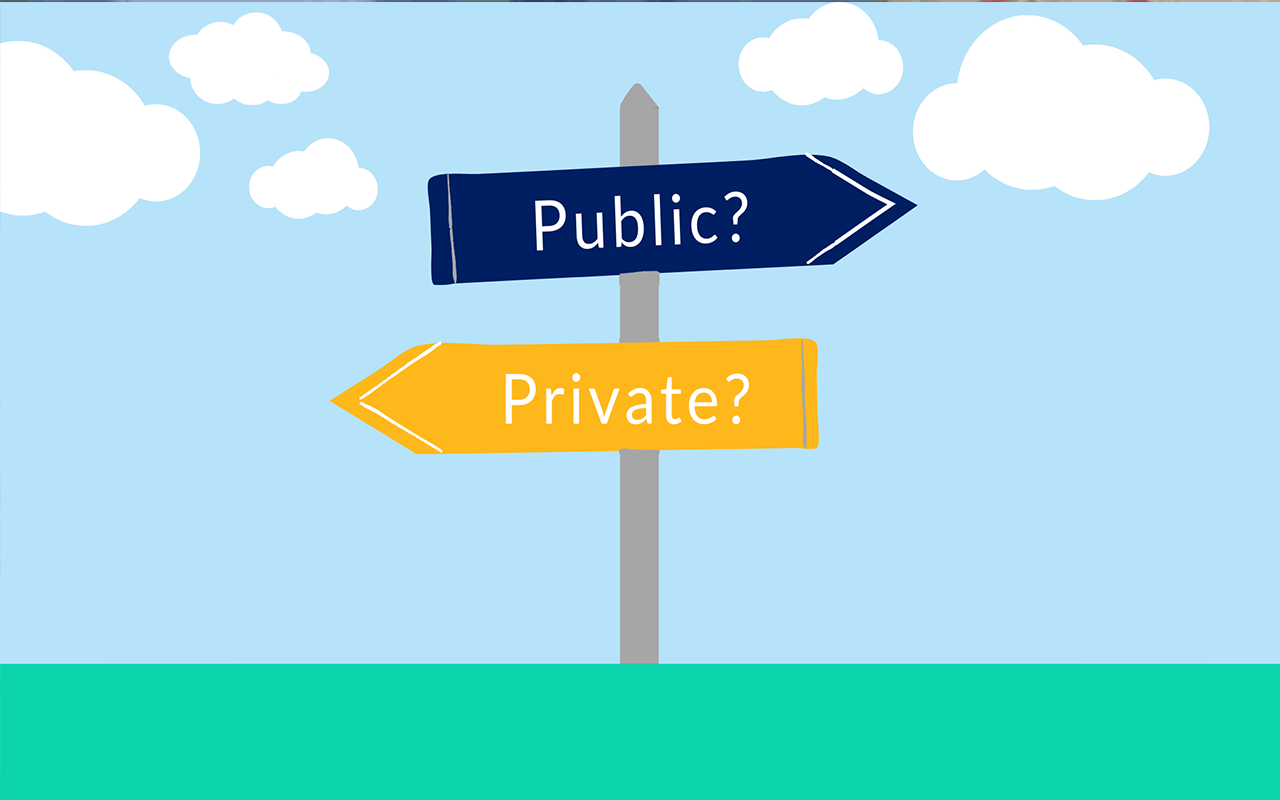Public and private colleges differ in several aspects, including their funding sources, governance, size, cost, and overall atmosphere. Here are the main differences between the two:
- Funding and Governance:
- Public Colleges: Public colleges are funded by the government, either at the state or national level. They are usually managed and governed by a board of trustees or a similar public authority.
- Private Colleges: Private colleges, on the other hand, are not funded by the government. Instead, they rely on tuition fees, donations, endowments, and other private sources of funding. They are governed by their own board of trustees or private individuals.
- Tuition Costs:
- Public Colleges: Public colleges are generally more affordable for in-state residents compared to out-of-state or international students. This is because part of their funding comes from the state, reducing the tuition burden for state residents.
- Private Colleges: Private colleges tend to have higher tuition fees for all students since they do not receive direct government funding.
- Size and Student Population:
- Public Colleges: Public colleges are often larger and may have larger class sizes and student populations. They can attract a diverse range of students from both in-state and out-of-state.
- Private Colleges: Private colleges are usually smaller and may have smaller class sizes and a more close-knit community. They might have a specific focus or attract students with particular interests or backgrounds.
- Academic Programs and Specializations:
- Public Colleges: Public colleges often offer a wide variety of academic programs and majors due to their larger size and funding. They may have extensive research opportunities and diverse faculty.
- Private Colleges: Private colleges may have more specialized academic programs and a more focused approach to education. They might excel in specific fields or have unique programs not found in public institutions.
- Financial Aid and Scholarships:
- Public Colleges: Public colleges may have limited financial aid options for out-of-state or international students since their primary focus is often on in-state residents.
- Private Colleges: Private colleges often offer various financial aid packages and scholarships to attract a diverse student body, and they may be more generous in their aid offerings.
- Campus Culture:
- Public Colleges: Public colleges tend to have a more diverse student population, often representing various backgrounds and cultures. They might have a more vibrant campus life due to the larger number of students.
- Private Colleges: Private colleges may have a more close-knit campus community and a specific culture that aligns with their values and mission.
- Endowment and Resources:
- Public Colleges: Public colleges’ funding can be influenced by the economic situation of the state or country, which can impact resources and infrastructure.
- Private Colleges: Private colleges may have more stable funding through endowments and donations, which can provide them with better facilities and resources.
When choosing between a public and private college, consider your academic goals, financial situation, desired campus environment, and the specific programs and opportunities each institution offers. Each type of college has its advantages and may be a better fit depending on your individual needs and preferences.



